English
Spellings 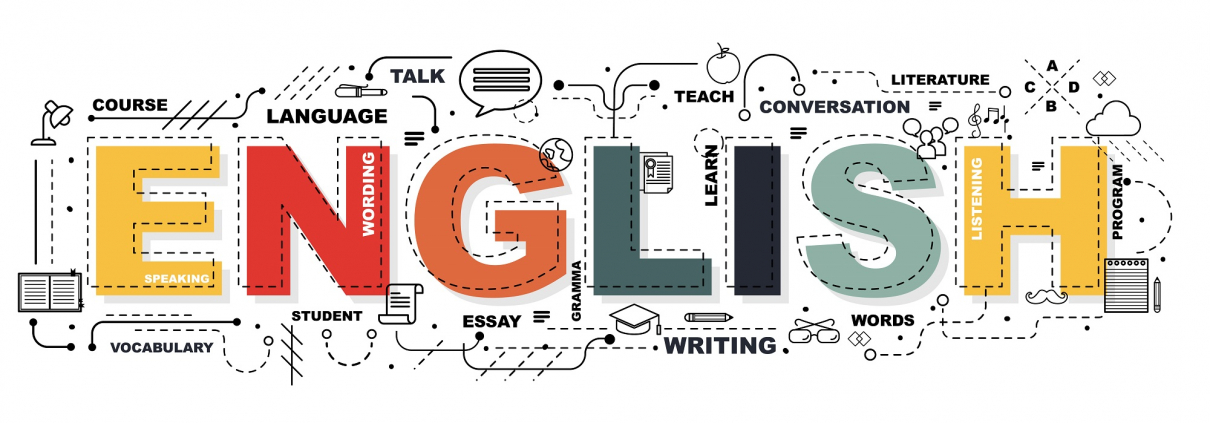
In Year 5, we will be working on the Year 3 and 4 words that we aren't as confident with, as well as working towards the Year 5 and 6 words. Please see below for a complete list of words, as well as a menu of spelling activities to help make learning more enjoyable.
Autumn 1
04.09.23
This week, the children have been looking at Legends. We have talked a lot about Myths, Legends and Folktales.
Human beings have been telling stories since they first learned to speak. And even before we could speak, we managed to tell stories by drawing and painting pictures on the walls of the caves we lived in.
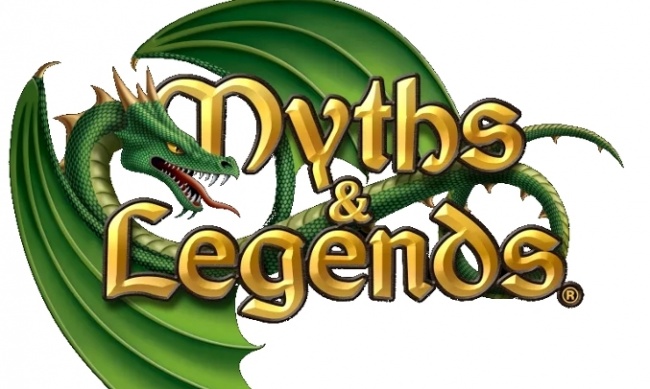

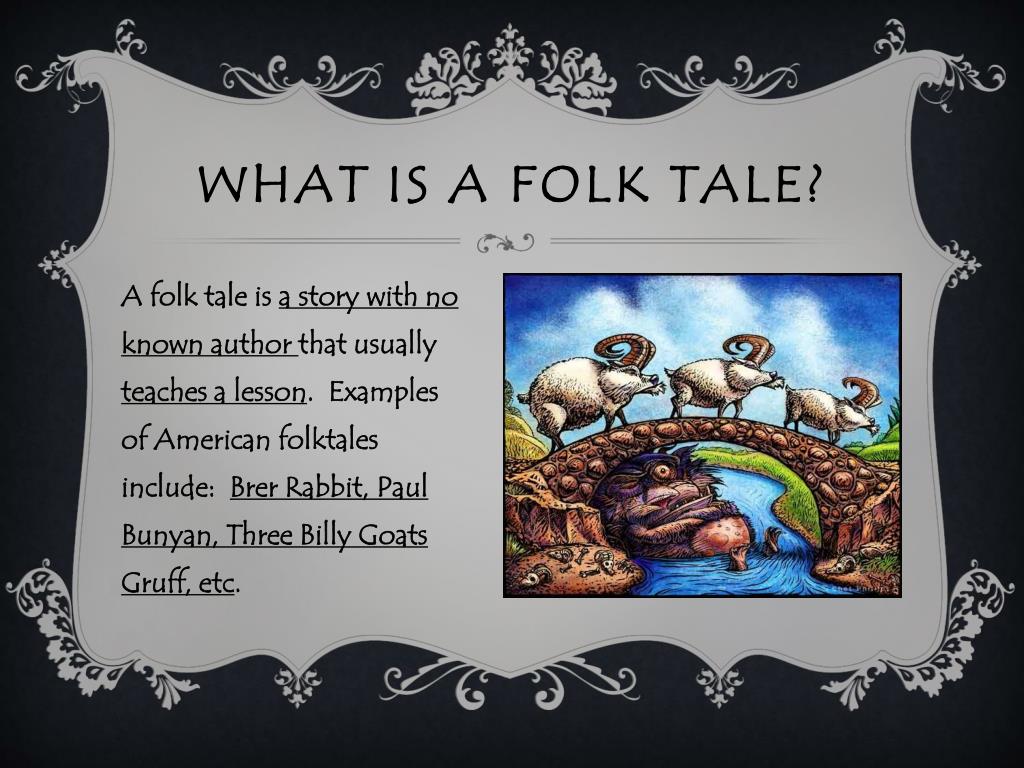
Once upon a time, long, long ago, there lived some great storytellers.
Their stories have been passed down, retold, translated, adapted and, more recently, written down, because everyone loves a good story!
Do some of your favourites include haunting and murder, treasure and battle, wicked deeds and heroic actions? These stories probably include legends, myths and folktales.
![IMG_E6801[1].JPG](/uploads/378/images/IMG_E6801[1].JPG)
![IMG_6799[1].JPG](/uploads/378/images/IMG_6799[1].JPG)
The children got into group and created a fantastic talk4write on the story so far.
Please see the video below.
Monday 25th September

This week, the children have been reading the story of Gelert. Please support your child and help them to read the story.
Long ago, in a castle deep in the mountains of North Wales, there
lived a prince called Llewelyn. He was strong and brave and admired
by all. Llewelyn loved to go hunting for wild boar and his favourite
hunting hound was his faithful dog, Gelert. When they were out
hunting, Gelert led the pack of hounds. He was the bravest, swiftest
and fiercest of them all.
Prince Llewelyn’s wife had died in childbirth. Llewelyn had promised
his wife on her death-bed that he would cherish their baby son and
this he did.
One day, Llewelyn and his men were going hunting. There had been
rumours of enemies drawing close to the castle and so Llewelyn
decided to leave his faithful hound at home to protect his baby son.
‘Guard him well,’ said Llewelyn as he stroked Gelert’s soft fur. Gelert’s
big brown eyes looked up at his master’s face and he thumped his tail
on the stone floor as if to say, ‘You can trust me’
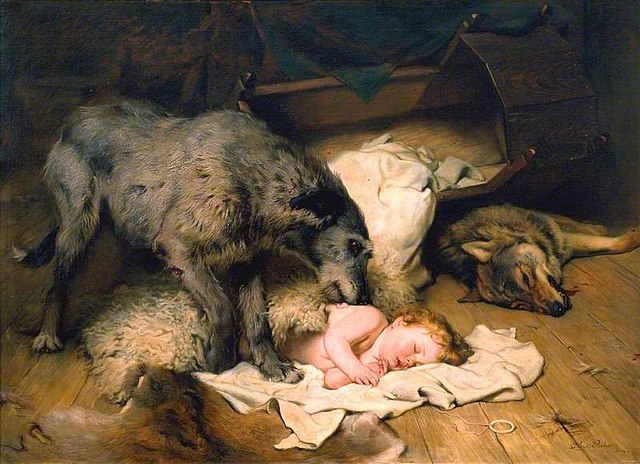
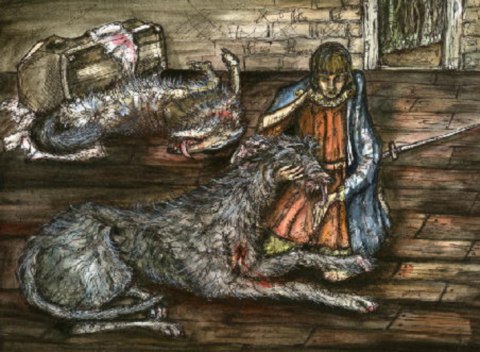

It was growing dark when Llewelyn returned to his castle. The day’s PART 2
hunting had not been successful. Without Gelert to lead the hounds,
they had not been able to track down the packs of wild boar.
Llewelyn went at once to his son’s room, but what a sight met his
eyes! The chairs and tables were upturned. The tapestries had been
torn from the walls. His baby son’s cradle was lying empty on its side,
the bedclothes smeared with blood.
Llewelyn stared at the scene in disbelief. Who had done this evil act?
At that moment, Llewelyn felt a soft nose nuzzle his hand. He looked
down and saw the trusting eyes of Gelert gazing up at him. But to
Llewelyn’s horror he saw that Gelert’s head and paws were dripping
with blood.
‘You wicked creature!’ roared the prince. ‘You have devoured my PART 3
precious son!’ He drew his sword and plunged it into Gelert’s side.
The dog slumped to the floor still gazing into his master’s eyes.
Just then, Llewelyn heard a soft cry. He flung back the bedclothes and
there lay his son, safe and unharmed. Just beside him lay the body of
a huge wolf, all torn to pieces and covered in blood.
Then Llewelyn knew what had happened. His brave dog, Gelert, had
slain the wolf that had tried to kill his son.
With tears streaming down his face, Llewelyn knelt down and stroked
his hound for the last time.
Llewelyn buried Gelert outside the castle walls so that every passer-by
might see the grave of his most faithful friend.
Please have a look at the stories that the chidren have created with the influence of Gelert.
.JPG](/uploads/378/images/IMG_E7254[1](1).JPG)
![IMG_7262[1].JPG](/uploads/378/images/IMG_7262[1].JPG)
2nd October 2023
This week , we are looking at magazine articles. the children will be working on being able to identify the purpose, audience and format of a text and work in groups to analyse a text.

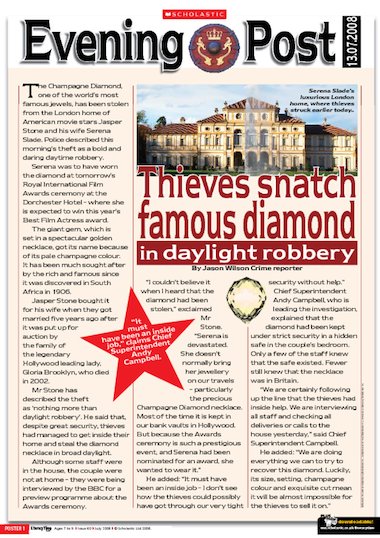
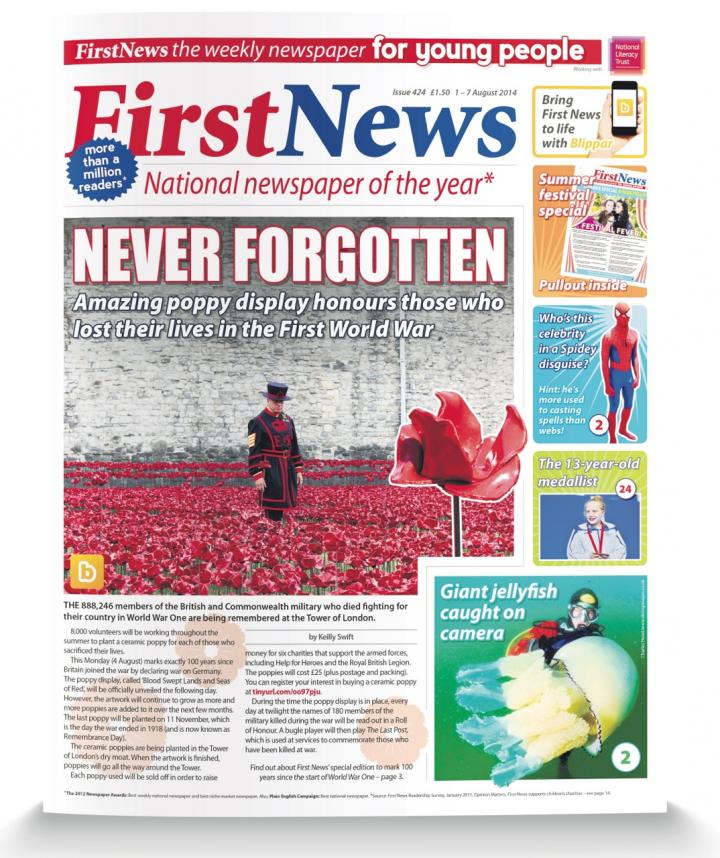
The children got in to group and began analysing the texts in magazines, newspapers and tried to understand what audiene it is attracting.
![IMG_0062[1].JPG](/uploads/378/images/IMG_0062[1].JPG)
![IMG_0061[1].JPG](/uploads/378/images/IMG_0061[1].JPG)
![IMG_0045[1].JPG](/uploads/378/images/IMG_0045[1].JPG)
![IMG_0046[1].JPG](/uploads/378/images/IMG_0046[1].JPG)
The learning continued by looking at how to write a summary.


![IMG_0114[1].JPG](/uploads/378/images/IMG_0114[1].JPG)
Autumn 2
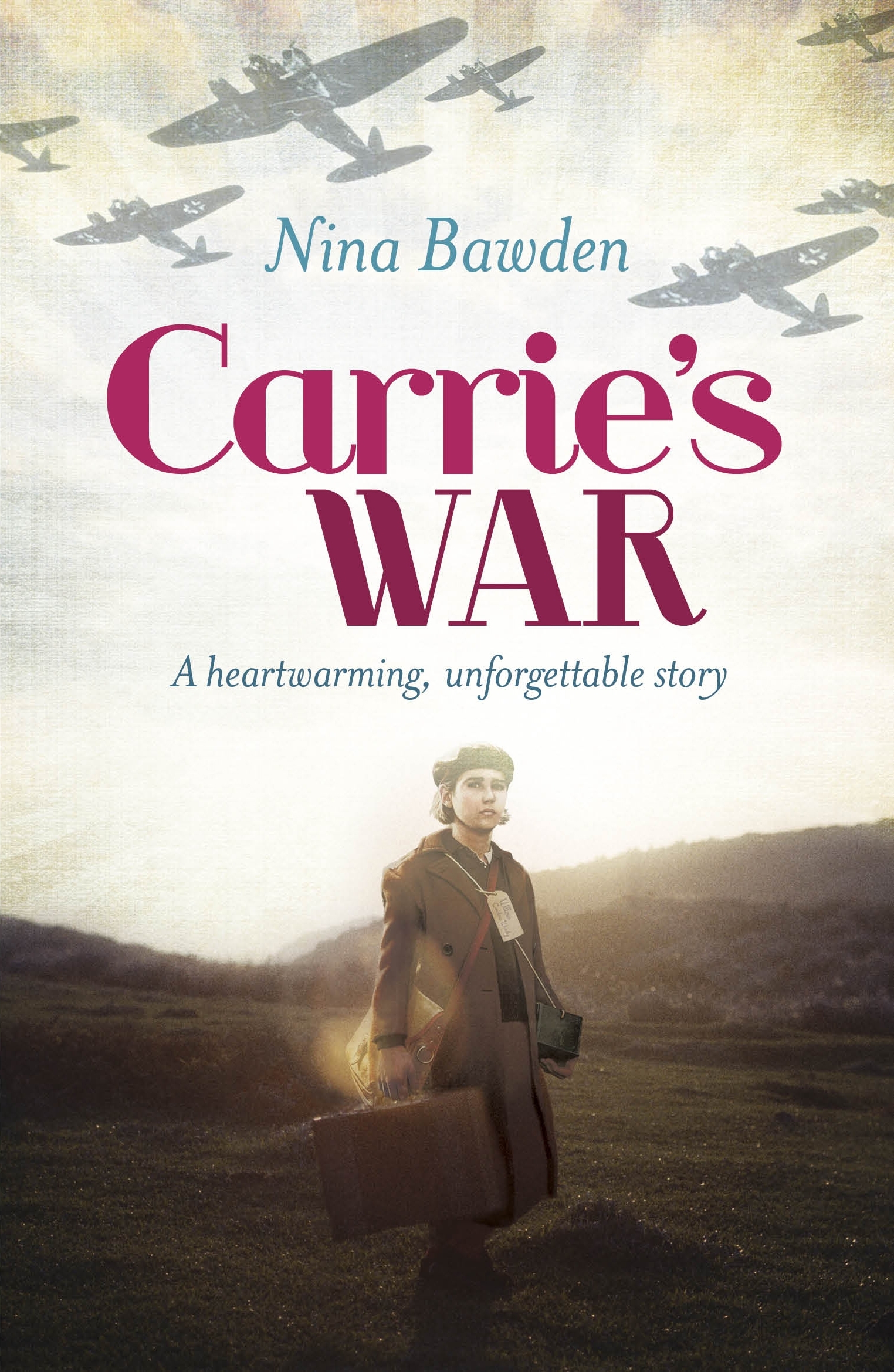
|
The book was introduce to the children and were asked to complete “I can see, I wonder, I infer” sheet using the front cover.
Carrie and her younger brother Nick are evacuated to Wales to spend the war years with the dour Mr Evans and his sister 'Auntie' Lou. Carrie and Nick spend much of their time at Druid's Bottom - a mysterious house where Hepzibah, the housekeeper, tells them strange stories about skulls and curses. Carrie and Nick settle into their new lives...and then Carrie does something she’ll regret for years to come.
Please click on the pictures below to help your child to understand the story. Episode 1 Episode 2 Episode 3
6th November
|
27th November


The children listen to three different version of the poem and gave brilliant feedback.
![IMG_0771[1].JPG](/uploads/378/images/IMG_0771[1].JPG)
![IMG_0772[1].JPG](/uploads/378/images/IMG_0772[1].JPG)
The children have really enjoyed learning all about The Jabberwock.
Their picked out old english words and tried to understand their meaning. Then their create their own versions.
Using Portmanteau ( creating one word by combining two) the chidren had great fun.
Examples of Portmanteau: Slithy means "slimy and lithe" and mimsy means "miserable and flimsy".
![IMG_7343[1].JPG](/uploads/378/images/IMG_7343[1].JPG)
![IMG_7344[1].JPG](/uploads/378/images/IMG_7344[1].JPG)
![IMG_7346[1].JPG](/uploads/378/images/IMG_7346[1].JPG)
Spring 1
This week, the children will be looking at Science Fiction.


Spring 2
This week the children will be looking at the story The Invention of Hugo Cabret.
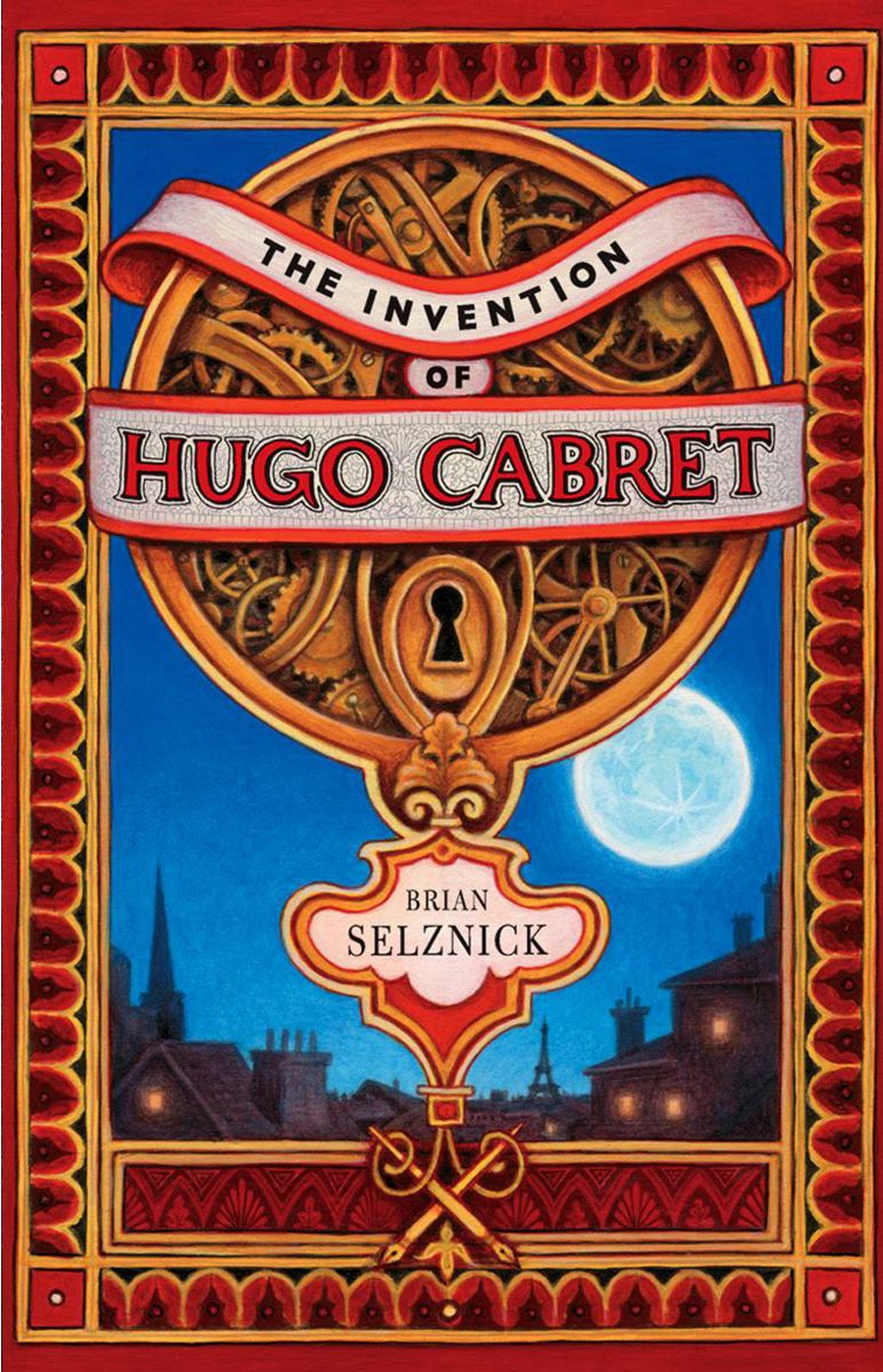
The children will be predicting what the story is about, use their inference skills to relate to the story and wonder by looking the the cover of the book.
The children created poster about the first chapter of the story.
![IMG_7375[1].JPG](/uploads/378/images/IMG_7375[1].JPG)
![IMG_7377[1].JPG](/uploads/378/images/IMG_7377[1].JPG)
![IMG_7379[1].JPG](/uploads/378/images/IMG_7379[1].JPG)
Summer 1
This term, The children will be reading Journey to the River Sea.

The children looked at the front cover and began to Wonder, Infer and Observe. They use this technique to help them to understand what the book is going to be about.
![IMG_0002[1].JPG](/uploads/378/images/IMG_0002[1].JPG)
![IMG_0003[1].JPG](/uploads/378/images/IMG_0003[1].JPG)
![IMG_0006[1].JPG](/uploads/378/images/IMG_0006[1].JPG)
The children have been looking into the character, features and themes of the story

The children have been talking about how to engage with an audience through descriptive language. The have been using different sentence starter including complex sentences.
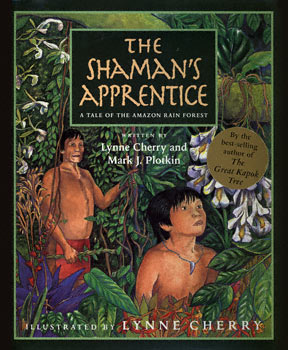
We have been looking at a book called The Shaman's Apprentice. It is good becasue it tells you all about the different plants that can be used as medicine in The Rainforest. I like to know about the different plants and flowers that can heal people.
The Shaman's Apprentice tells the story of a Tirio Indian boy who dreams of one day being the tribal shaman, and how he and his people learn the importance of their own knowledge about the healing properties of the rain forest.
The Shaman's Apprentice tells the story of a Tirio Indian boy who dreams of one day being the tribal shaman, and how he and his people learn the importance of their own knowledge about the healing properties of the rain forest.
The children have beeen looking at modal verbs.
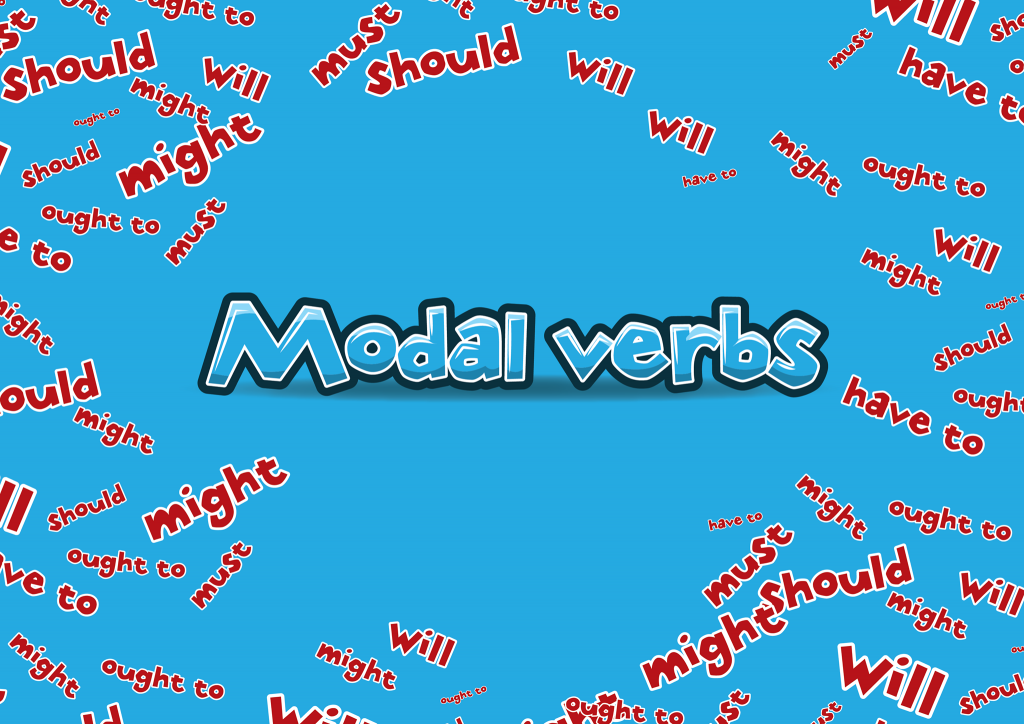
Recognising modal verbs
Modal verbs are easy to spot because there are so few of them. In addition to must, shall, will, should, would, can, could, may and might, we can add ought to and have to.
If we are told that we 'must' do something, like complete homework, the modal verb 'must' indicates a high level of modality. There is no argument. The homework has to be done.
But if we are told that we 'may' do homework, the modal verb 'may' suggests a degree of choice. Modal verbs are useful for telling us about how necessary, or possible, something is.
Summer 2
This week the children have been looking at the poem called The Highway Man.
The Poem
The Poem
|
||||||
A Midsummer Night's Dream by William Shakespeare
Meet the main characters
Puck
Called 'Hobgoblin' by some...a merry wanderer of the night and our storyteller.

Exploring Pandora’s Box: guide questions
![IMG_E5395[1].JPG](/uploads/378/images/IMG_E5395[1].JPG)
![IMG_E5397[1].JPG](/uploads/378/images/IMG_E5397[1].JPG)
Using the guide quuestions the childrren began to explore Pandora’s Box
- Why did Pandora want to open the box
- What else could Epimetheus have done to ensure the box was never opened?
- Why was it important that Pandora let ‘Hope’ out of the box?
- What part of human experience does the story explain?
 Reedley Primary School
Reedley Primary School![IMG_6802[1].JPG](/uploads/378/images/IMG_6802[1].JPG)
![IMG_7257[1].JPG](/uploads/378/images/IMG_7257[1].JPG)
![IMG_0060[1].JPG](/uploads/378/images/IMG_0060[1].JPG)
![IMG_0048[1].JPG](/uploads/378/images/IMG_0048[1].JPG)
![IMG_0115[1].JPG](/uploads/378/images/IMG_0115[1].JPG)
![IMG_0722[1].JPG](/uploads/378/images/IMG_0722[1].JPG)
![IMG_0723[1].JPG](/uploads/378/images/IMG_0723[1].JPG)
![IMG_0724[1].JPG](/uploads/378/images/IMG_0724[1].JPG)

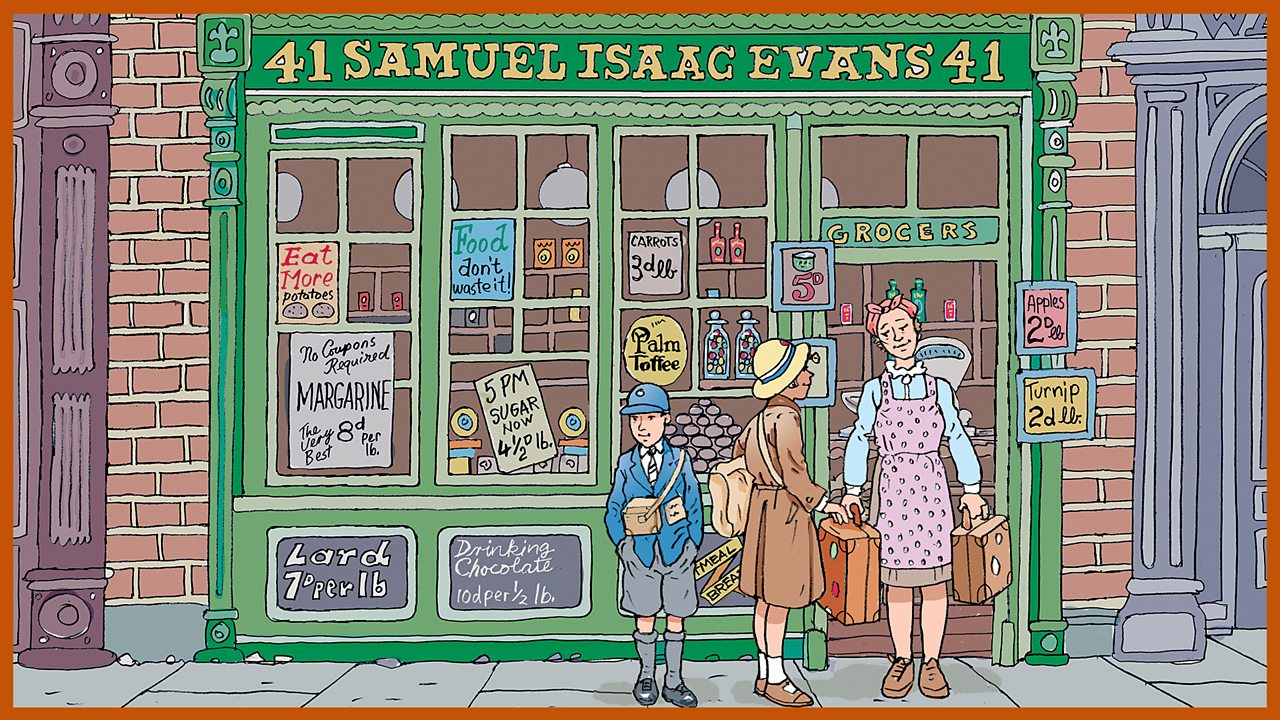
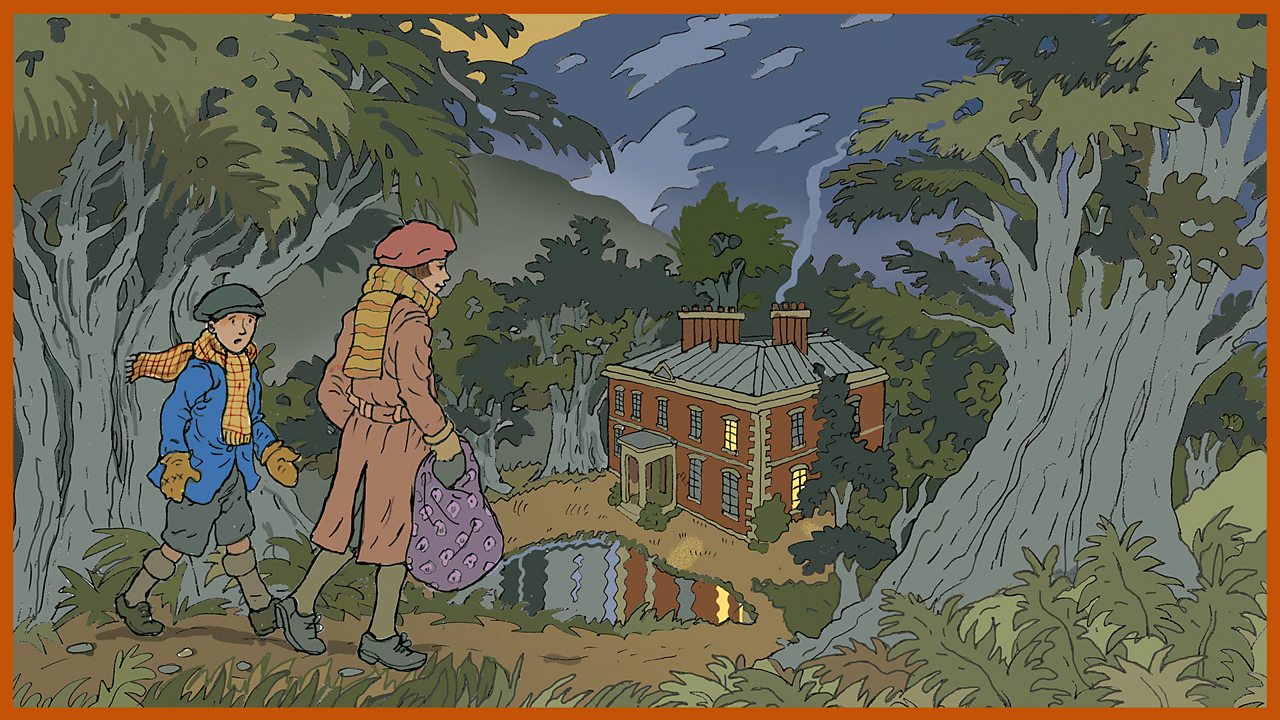
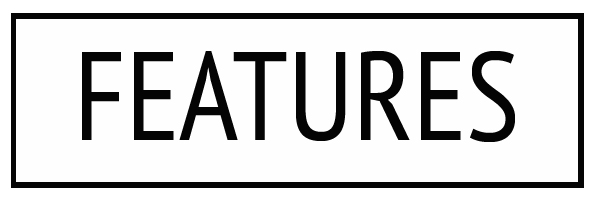
![Graffiti Letter O [images] - in different styles | Graffiti Empire](https://www.graffiti-empire.com/wp-content/uploads/graffiti-letters/graffiti-letter-o/standard-handlettering-o-graffiti-letter.jpg)


![IMG_0825[1].JPG](/uploads/378/images/IMG_0825[1].JPG)
![IMG_0821[1].JPG](/uploads/378/images/IMG_0821[1].JPG)
![IMG_0824[1].JPG](/uploads/378/images/IMG_0824[1].JPG)
![IMG_0820[1].JPG](/uploads/378/images/IMG_0820[1].JPG)
![IMG_0773[1].JPG](/uploads/378/images/IMG_0773[1].JPG)
![IMG_7345[1].JPG](/uploads/378/images/IMG_7345[1].JPG)
![IMG_7347[1].JPG](/uploads/378/images/IMG_7347[1].JPG)
![IMG_7376[1].JPG](/uploads/378/images/IMG_7376[1].JPG)
![IMG_7378[1].JPG](/uploads/378/images/IMG_7378[1].JPG)
![IMG_7400[1].JPG](/uploads/378/images/IMG_7400[1].JPG)
![IMG_0004[1].JPG](/uploads/378/images/IMG_0004[1].JPG)
![IMG_0005[1].JPG](/uploads/378/images/IMG_0005[1].JPG)
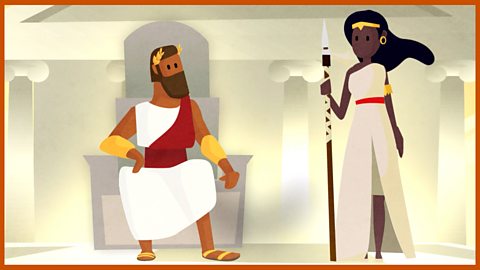

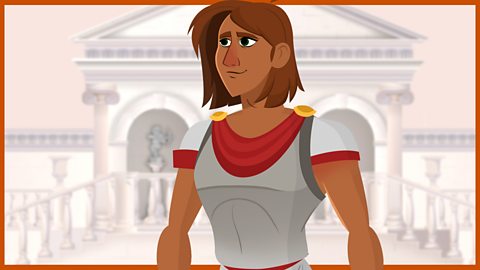
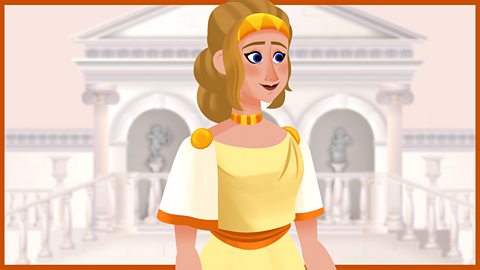
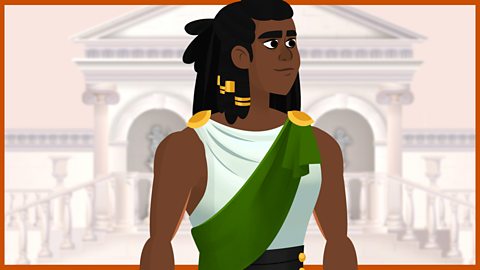
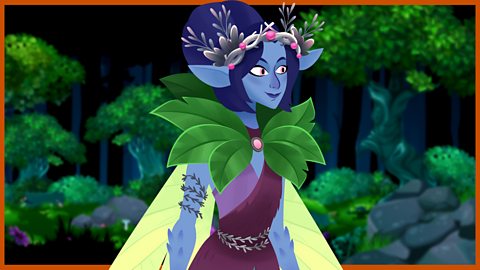
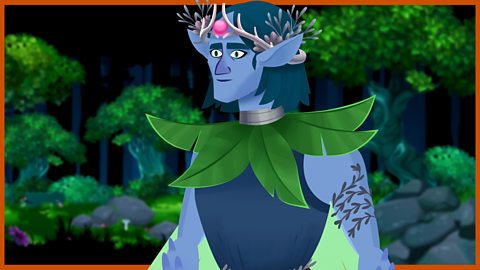
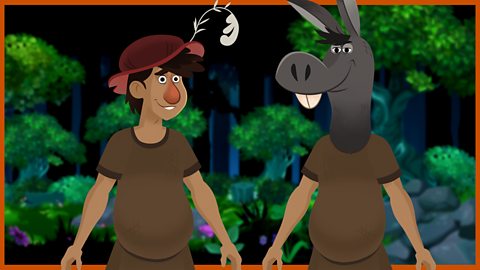
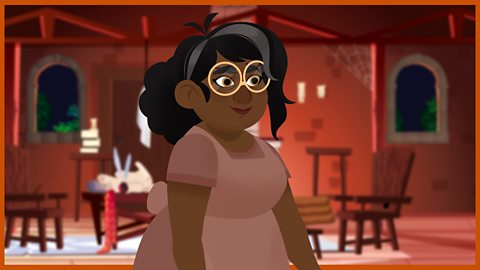
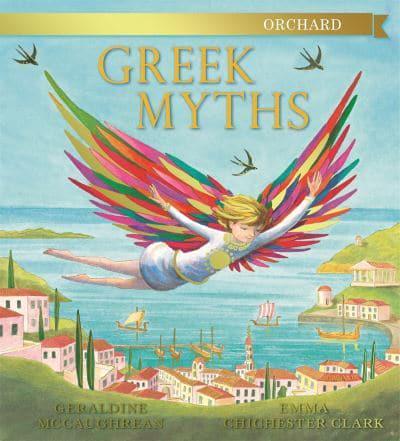
![IMG_E5396[1].JPG](/uploads/378/images/IMG_E5396[1].JPG)
![IMG_E5398[1].JPG](/uploads/378/images/IMG_E5398[1].JPG)
![IMG_E5400[1].JPG](/uploads/378/images/IMG_E5400[1].JPG)